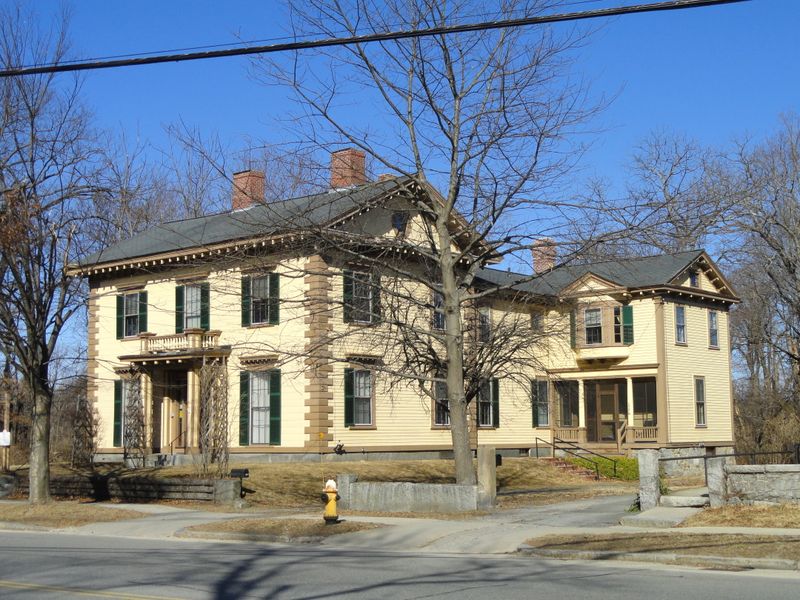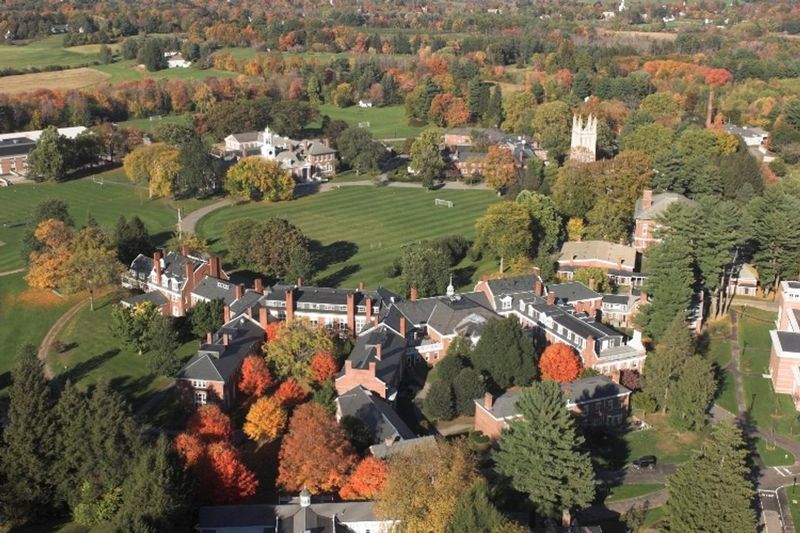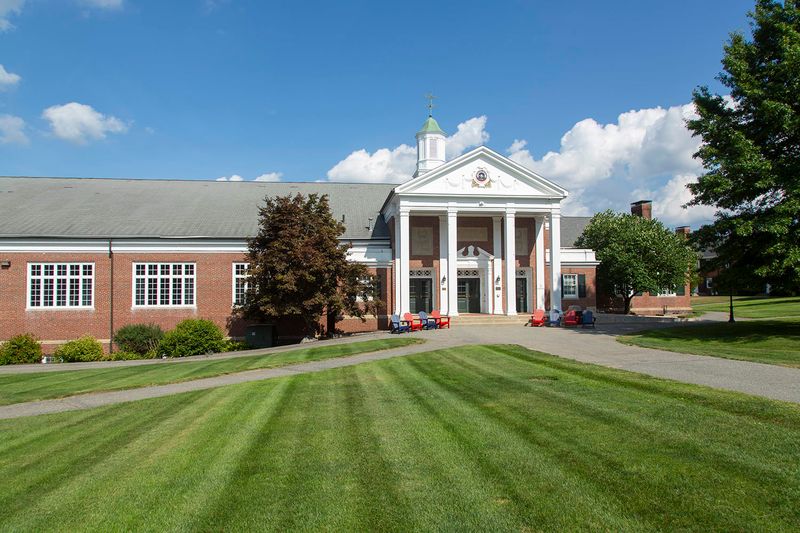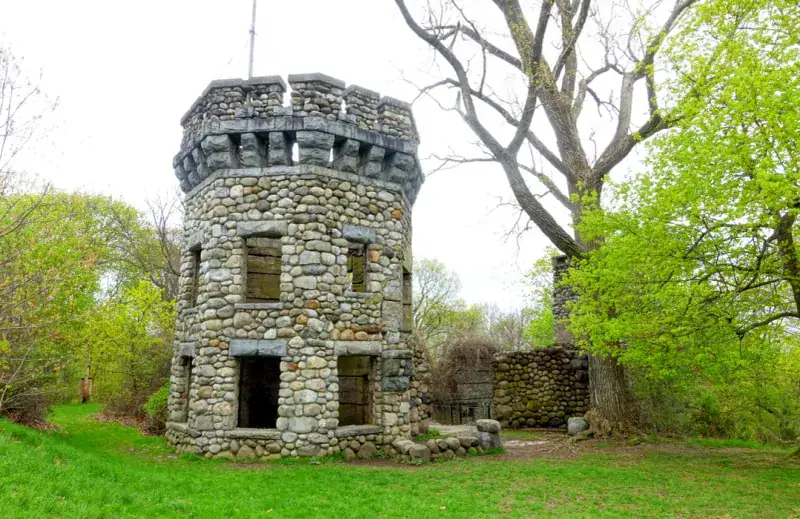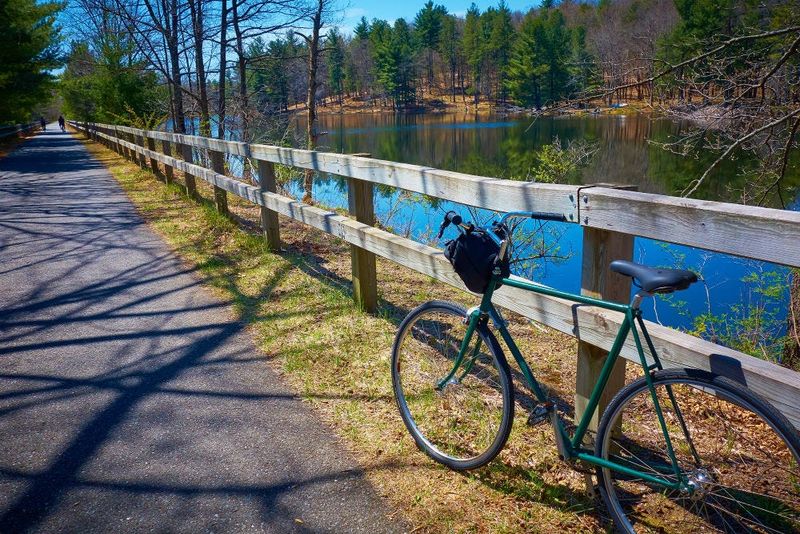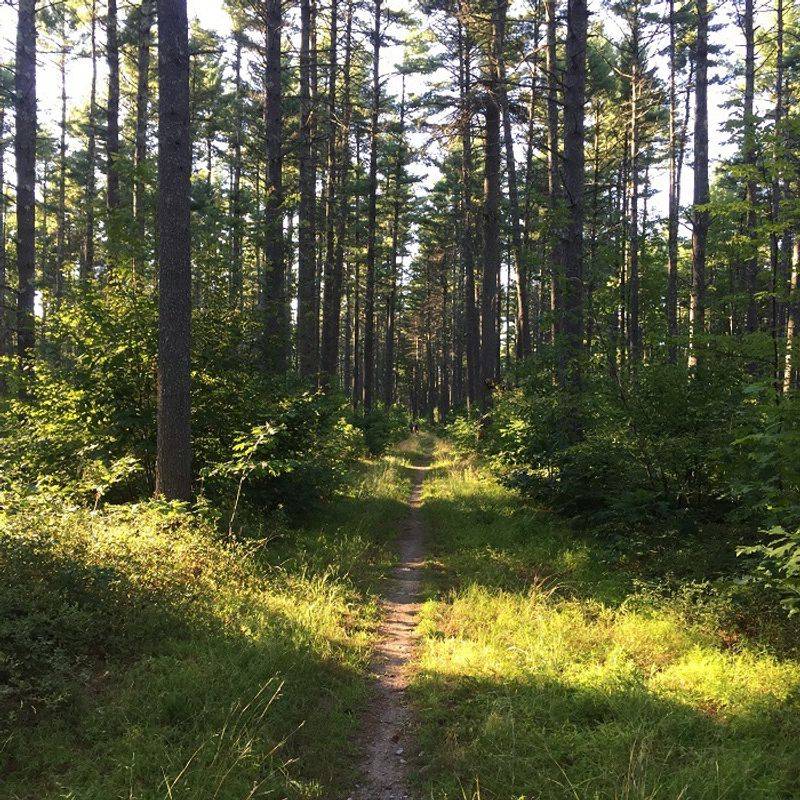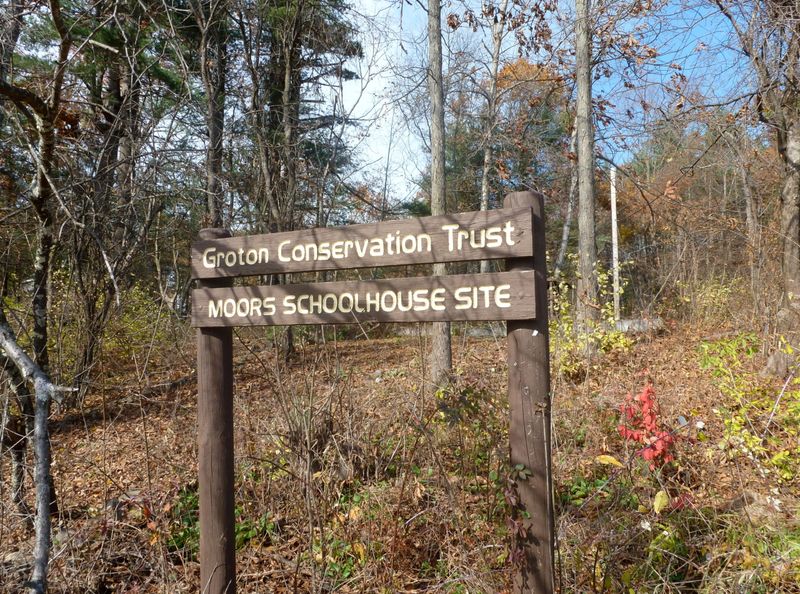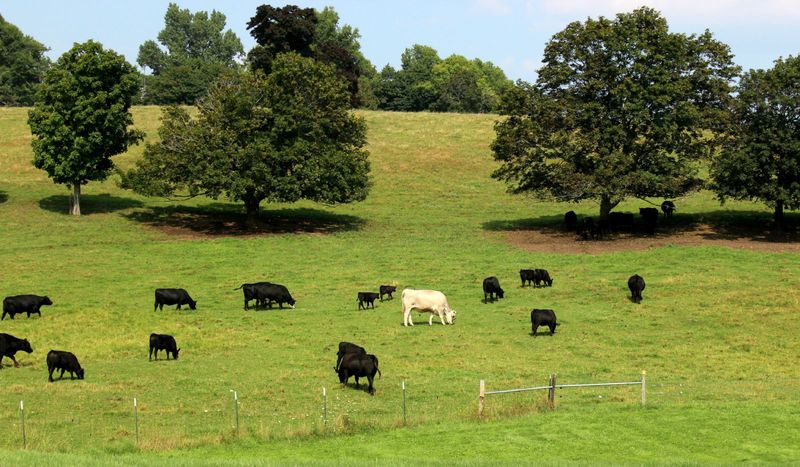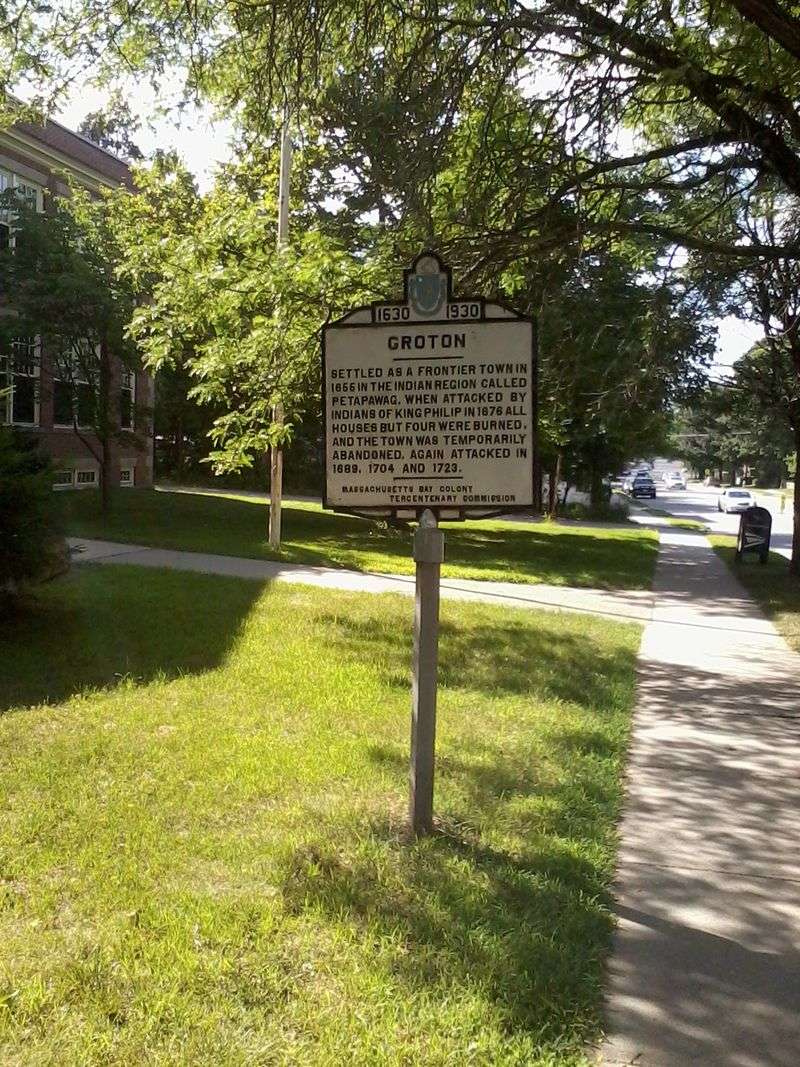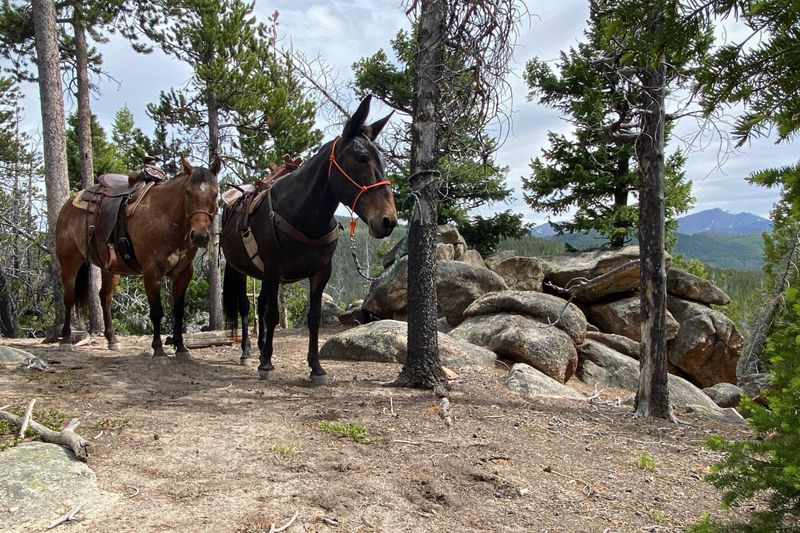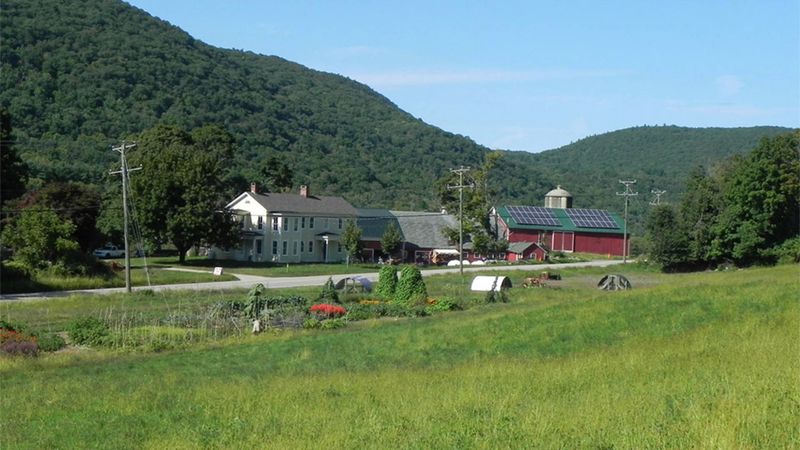Groton, Massachusetts earned its reputation as the state’s most famous school town thanks to its prestigious boarding schools and rich educational history. This charming New England community offers visitors far more than just academic landmarks. From historic mansions and castle ruins to miles of scenic trails, Groton combines small-town charm with fascinating attractions that tell the story of American education and heritage.
1. Walk a governor’s house-turned-museum
Step back in time at Boutwell House, where Massachusetts Governor George S. Boutwell once lived during the 1850s. Built in 1851, this beautiful home now serves as the Groton History Center, showcasing the town’s fascinating past through carefully preserved rooms and exhibits.
Boutwell wasn’t just any governor – he also served as U.S. Treasury Secretary under President Ulysses S. Grant. Walking through his former home feels like discovering a hidden piece of American political history.
The museum offers guided tours that bring the Victorian era to life, complete with original furnishings and personal belongings that tell Boutwell’s remarkable story.
2. Stroll an elite prep campus
Founded in the 1890s, Groton School sprawls across more than 400 acres of perfectly manicured grounds that scream old-money elegance. This prestigious boarding school has educated future presidents, including Franklin D. Roosevelt, making it one of America’s most famous prep schools.
The stunning brick schoolhouse and Gothic Revival chapel dominate the landscape like something from a movie set. Visitors can admire these architectural gems from public pathways while respecting campus boundaries and policies.
The school’s reputation for academic excellence and social connections continues today, maintaining its status as a stepping stone to Ivy League universities and positions of power.
3. See one of America’s oldest academies
Lawrence Academy stands proudly in Groton’s village center, its charter signed by none other than Governor John Hancock in 1792-93. That signature alone makes this school a piece of living American history, predating many of the nation’s most famous institutions.
The hilltop campus serves as Main Street’s anchor, with its classic New England architecture drawing eyes upward from the town center. Students have walked these halls for over two centuries, creating an unbroken chain of educational tradition.
The academy’s longevity speaks to New England’s commitment to education, making it a fascinating stop for anyone interested in how American schooling evolved from colonial times.
4. Hike to a hilltop “castle” ruin
Bancroft’s Castle isn’t really a castle, but these mysterious stone ruins perched atop Gibbet Hill certainly look the part. Built in the early 1900s as a summer home, the structure was never completed, leaving behind photogenic walls that spark imagination and countless Instagram posts.
The short but steep trail rewards hikers with sweeping sunset views across the Nashua River valley. On clear days, you can see for miles in every direction, making the climb absolutely worthwhile.
Thanks to generous landowners, these trails remain open to the public, though visitors should always check posted notices for any temporary closures during special events.
5. Bike, walk, or ride the Nashua River Rail Trail
This 11-mile paved pathway transforms a former railway into a recreational paradise that welcomes everyone from casual walkers to serious cyclists. Multiple parking areas make it easy to access different sections depending on your energy level and time constraints.
What makes this trail special is its incredible versatility – you can walk, bike, rollerblade, or even ride horseback along its smooth surface. The grass shoulder specifically accommodates equestrians, making it one of the few rail trails that truly embraces all users.
The trail winds through Groton’s village center, offering glimpses of local life while connecting to the broader regional trail network for longer adventures.
6. Explore 130 miles of local trails
The Groton Trails Network maintains an incredible 130 miles of pathways that weave through forests, around pristine ponds, over ancient drumlins, and past working farms. This extensive system rivals many state parks in scope and variety.
Hikers, mountain bikers, and horseback riders all find their perfect adventure here, though some trails have specific restrictions posted at trailheads. The network connects different landscapes seamlessly, allowing for short nature walks or all-day expeditions.
Local volunteers work year-round to maintain these trails, creating a community resource that showcases New England’s natural beauty while preserving important wildlife corridors and historical sites throughout the area.
7. Walk among drumlins and an old quarry at Shepley Hill
Shepley Hill’s fascinating history as an equestrian estate adds extra intrigue to every step along its well-maintained trails. The property once housed horses destined for Olympic competition, and you can still sense that legacy in the carefully planned landscape and riding paths.
The geological features here tell an even older story – ancient drumlins shaped by glaciers thousands of years ago create rolling hills perfect for exploration. An abandoned quarry adds industrial history to the natural beauty.
Loop hikes connect seamlessly to the rail trail system, making Shepley Hill an ideal starting point for longer adventures or a satisfying destination for shorter family outings.
8. Visit an active equestrian park with deep roots
Hazel Grove Park buzzes with equestrian activity on a site that once hosted the town’s annual fair. The transformation from fairgrounds to specialized horse facility reflects Groton’s ongoing relationship with these magnificent animals.
The Groton Riding & Driving Club, established in 1932, calls this place home alongside the Groton Pony Club from 1957. Multiple arenas, a challenging cross-country course, and a half-mile training track provide everything serious riders need.
Day-use memberships welcome visitors who want to experience this equestrian community firsthand, though the training track remains reserved for club members and their horses during organized activities.
9. Learn the landscape’s deeper story
The Groton Conservation Trust manages dozens of conservation parcels throughout town, each one protecting a piece of the area’s natural and cultural heritage. Their detailed pocket guide and map system helps visitors understand what they’re seeing beyond just pretty scenery.
Indigenous peoples lived on this land long before English settlers arrived in 1655, and the Trust’s materials highlight this deeper history often overlooked in traditional tourism. Archaeological sites and traditional land use patterns become visible when you know what to look for.
Access points scattered across town make it easy to explore different parcels, each offering unique perspectives on how human activity has shaped this New England landscape over centuries.
10. Pair your hike with a farm-to-field view
Trails near Gibbet Hill offer something increasingly rare in suburban Massachusetts – working farms where cattle still graze in pastoral scenes that could grace a calendar. The juxtaposition of hiking trails and active agriculture creates a uniquely New England experience.
Wild turkeys frequently strut across these open spaces, seemingly oblivious to hikers pausing to photograph their impressive displays. These bird sightings add unexpected wildlife encounters to what might otherwise be simple countryside walks.
The reminder that these aren’t just pretty landscapes but functioning farms adds depth to every visit, connecting modern recreation to the agricultural traditions that have shaped this region for centuries.
11. Easy family miles on the rail trail
Families with strollers and young children find the rail trail’s paved surface and gentle grade perfect for stress-free outings. Starting from either Groton Center or Sand Hill Road parking areas, you can customize the distance based on little legs and attention spans.
The out-and-back format means no one gets stranded far from the car when energy levels crash unexpectedly. Parents appreciate being able to turn around at any point without complicated route planning or difficult terrain.
This accessibility makes the rail trail a go-to destination for introducing children to outdoor recreation, building positive associations with nature that can last a lifetime while keeping everyone comfortable and happy.
12. Trail etiquette that matters here
Horses always have right-of-way on Groton’s shared trails, a rule that reflects the community’s deep equestrian traditions. When encountering riders, step aside calmly and keep dogs leashed – sudden movements or barking can spook even well-trained horses.
Mass Audubon’s Rocky Hill sanctuary maintains stricter rules, prohibiting both horses and bicycles to protect sensitive wildlife habitats. These restrictions help preserve nesting areas and feeding grounds for local bird populations.
Trailhead kiosks post current information about closures, restrictions, and seasonal considerations, making them essential reading before starting any adventure in this well-managed but complex trail system.
13. Discover the Groton School Chapel’s architectural beauty
The Gothic Revival chapel at Groton School stands as one of New England’s finest examples of ecclesiastical architecture adapted for educational use. Its soaring spires and intricate stonework create a sense of reverence that has inspired students for over a century.
Designed to accommodate the entire school community, the chapel’s interior features stunning stained glass windows that cast colorful patterns across wooden pews during services. The building serves as both spiritual center and architectural masterpiece.
While access is limited to respect the school’s privacy, visitors can appreciate the exterior craftsmanship from public areas, understanding why this building has become an iconic symbol of American preparatory education.
14. Experience seasonal changes on the trail network
Groton’s extensive trail system transforms dramatically with each season, offering completely different experiences throughout the year. Spring brings wildflower blooms and migrating birds, while summer provides shaded forest walks during hot afternoons.
Fall transforms the landscape into a spectacular display of New England foliage, with maple, oak, and birch trees creating a canopy of gold, red, and orange. Winter opens up distant views as bare branches reveal previously hidden vistas.
Each season requires different preparation and offers unique rewards, from spring mud season challenges to winter snowshoe opportunities, making the trail network a year-round destination for outdoor enthusiasts of all skill levels.
15. Connect with Groton’s agricultural heritage
Working farms scattered throughout Groton’s trail network tell the story of New England agriculture from colonial times to the present day. Stone walls crossing through forests mark former field boundaries, while cellar holes reveal where farmhouses once stood.
Modern farms continue this tradition, raising cattle, horses, and crops on land that has been cultivated for centuries. The integration of recreational trails with active agriculture creates unique opportunities to observe farming practices up close.
This living landscape demonstrates how rural communities can balance development pressure with agricultural preservation, maintaining the character that makes places like Groton special while adapting to changing economic realities.

